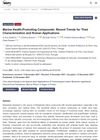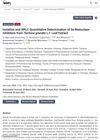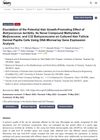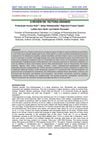Analytical Chemistry Studying Historical Pharmaceuticals and Health Care Formulations
July 2017
in “
Monatshefte für Chemie - Chemical Monthly
”
analytical chemistry TLC GC-MS FT-IR opium alkaloids lead-based cosmetics herbal wines Egyptian mummies Roman medicine containers Renaissance materia medica ancient ointments pharmaceutical relics lipidic components natural resins morphine preban absinthe thin-layer chromatography gas chromatography-mass spectrometry Fourier-transform infrared spectroscopy
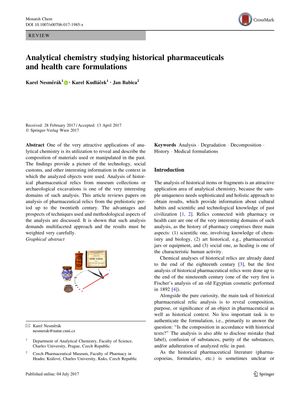
TLDR Analytical chemistry helps understand the makeup and use of ancient medicines, but it's complex and challenging.
The document reviewed the use of analytical chemistry in studying historical pharmaceuticals and health care formulations, highlighting the importance of understanding their composition, purpose, and significance. Techniques such as TLC, GC-MS, and FT-IR were used to analyze relics, revealing substances like opium alkaloids, lead-based cosmetics, and herbal wines. The review covered a range of periods and regions, including Egyptian mummies, Roman medicine containers, and Renaissance materia medica. Findings from these studies suggested the use of various substances for therapeutic purposes, although there were challenges in confirming these uses due to potential contamination and degradation. The document also discussed the analysis of ancient ointments and pharmaceutical relics from the Aboca Museum, aiming to identify lipidic components and natural resins. Studies demonstrated the long-term stability of certain compounds, such as morphine, and debunked myths about the composition of preban absinthe. The complexity of historical pharmaceuticals necessitates a sophisticated analytical approach, as shown by a round robin exercise where no single lab could fully reconstruct a seventeenth-century formulation. The review acknowledged financial support from Charles University and assistance from Eva Kocmanová.
